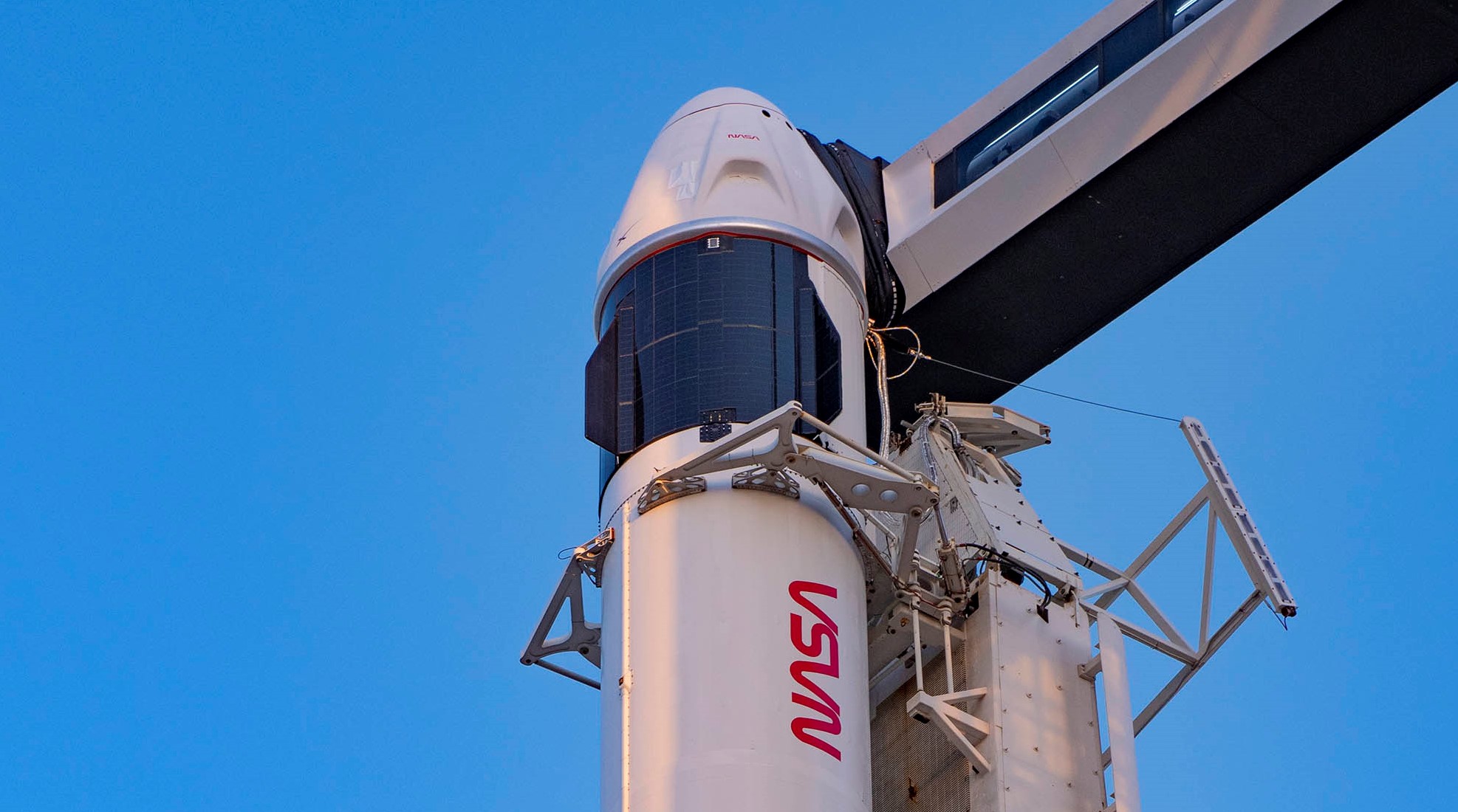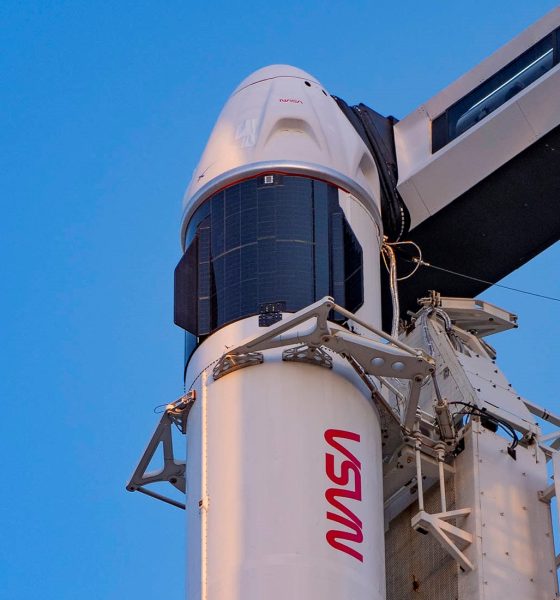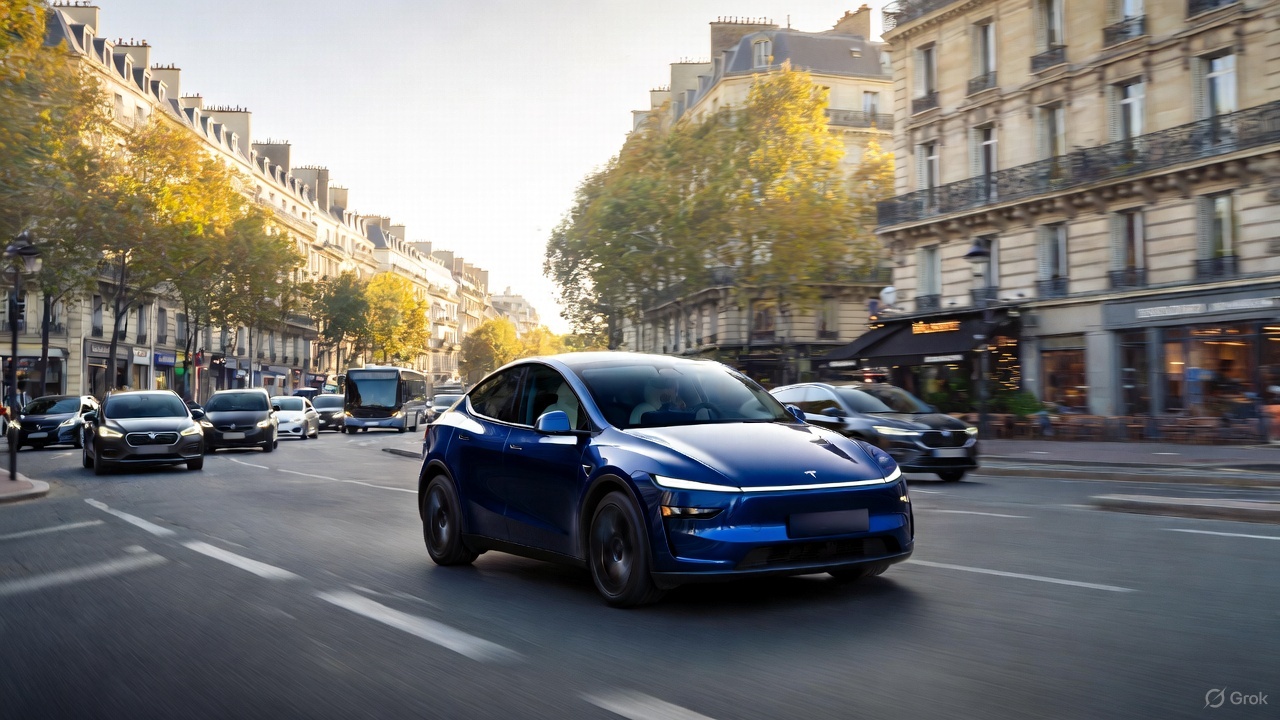

News
SpaceX, NASA announce date for next Crew Dragon astronaut launch
SpaceX and NASA have settled on October 3rd for the company’s fifth operational astronaut launch, a mission that will also mark the first time a Russian cosmonaut flies on Crew Dragon.
Initially scheduled to launch in early September, NASA announced in July that SpaceX’s Crew-5 launch was slipping to late September after the company accidentally ran its new Falcon 9 rocket booster into a bridge. Luckily for SpaceX, the incident only damaged the top of the booster and was easily resolved with a replacement interstage, but the unplanned repairs still took time and delayed the start of qualification testing in McGregor, Texas.
Ultimately, the damage triggered a delay of about a month, pushing the launch to September 29th. About a month later, NASA and SpaceX have refined that date to 12:55 pm EDT (16:55 UTC) on October 3rd to ensure “extra separation with spacecraft traffic” at the busy International Space Station (ISS).
After such an inauspicious start to its life outside the walls of SpaceX’s Hawthorne, California factory, Falcon 9 booster B1077 was repaired and completed a 78-second static fire test without issue in early August. As of now, the booster is likely almost ready to ship from McGregor, Texas to Cape Canaveral, Florida if it hasn’t left already.
Crew-5 is the second Dragon mission in a row to be significantly delayed by issues with SpaceX hardware after CRS-25 – an uncrewed space station cargo delivery – slipped from June 9th to July 11th because of a leaky Cargo Dragon thruster. Delays of more than a few days caused by SpaceX’s pad, rockets, or spacecraft have become a rarity as the company gains more and more near-term experience operating them around the clock.
In a strange decision, NASA also decided to uphold old plans to swap seats between Soyuz and Commercial Crew vehicles, allowing a Russian cosmonaut to fly on Crew Dragon as the country continues to commit war crimes, kidnap and expatriate vast numbers of legal citizens, and terrorize tens of millions more with its illegal war on Ukraine. Worse, Russia has repeatedly used the International Space Station and its cosmonauts to disseminate propaganda about the war and boast about the new territories it continues to steal from the sovereign nation. Nonetheless, NASA has allowed the deal to continue, and Russian cosmonaut Anna Kikina is on track to launch alongside NASA astronauts Nicole Mann and Josh Cassada and Japanese (JAXA) astronaut Koichi Wakata.
Crew-5 will be SpaceX’s eighth astronaut launch overall, seventh astronaut mission to the space station, and sixth astronaut transport mission for NASA. Once docked to the ISS, Crew-5 will take over from Crew-4, who will depart the station soon after in their own Crew Dragon and return to Earth sometime in October.
Due to a string of issues that have caused years of delays for Boeing’s Starliner spacecraft, which was developed simultaneously alongside SpaceX’s Crew Dragon as part of the NASA Commercial Crew Program, SpaceX has been tasked with continuously ensuring the presence of NASA astronauts at the ISS since November 2020. Equivalent to Crew Dragon’s May 2020 Demo-2 mission, Boeing’s first crewed Starliner flight test (CFT) is scheduled to launch no earlier than (NET) February 2023. SpaceX is thus guaranteed to be NASA’s sole path to the ISS until Q3 or Q4 2023, but that period could easily stretch into 2024 if Boeing runs into any additional issues with Starliner over the next year.

News
Man credits Grok AI with saving his life after ER missed near-ruptured appendix
The AI flagged some of the man’s symptoms and urged him to return to the ER immediately and demand a CT scan.

A 49-year-old man has stated that xAI’s Grok ended up saving his life when the large language model identified a near-ruptured appendix that his first ER visit dismissed as acid reflux.
After being sent home from the ER, the man asked Grok to analyze his symptoms. The AI flagged some of the man’s symptoms and urged him to return immediately and demand a CT scan. The scan confirmed that something far worse than acid reflux was indeed going on.
Grok spotted what a doctor missed
In a post on Reddit, u/Tykjen noted that for 24 hours straight, he had a constant “razor-blade-level” abdominal pain that forced him into a fetal position. He had no fever or visible signs. He went to the ER, where a doctor pressed his soft belly, prescribed acid blockers, and sent him home.
The acid blockers didn’t work, and the man’s pain remained intense. He then decided to open a year-long chat he had with Grok and listed every detail that he was experiencing. The AI responded quickly. “Grok immediately flagged perforated ulcer or atypical appendicitis, told me the exact red-flag pattern I was describing, and basically said “go back right now and ask for a CT,” the man wrote in his post.
He copied Grok’s reasoning, returned to the ER, and insisted on the scan. The CT scan ultimately showed an inflamed appendix on the verge of rupture. Six hours later, the appendix was out. The man said the pain has completely vanished, and he woke up laughing under anesthesia. He was discharged the next day.
How a late-night conversation with Grok got me to demand the CT scan that saved my life from a ruptured appendix (December 2025)
byu/Tykjen ingrok
AI doctors could very well be welcomed
In the replies to his Reddit post, u/Tykjen further explained that he specifically avoided telling doctors that Grok, an AI, suggested he get a CT scan. “I did not tell them on the second visit that Grok recommended the CT scan. I had to lie. I told them my sister who’s a nurse told me to ask for the scan,” the man wrote.
One commenter noted that the use of AI in medicine will likely be welcomed, stating that “If AI could take doctors’ jobs one day, I will be happy. Doctors just don’t care anymore. It’s all a paycheck.” The Redditor replied with, “Sadly yes. That is what it felt like after the first visit. And the following night could have been my last.”
Elon Musk has been very optimistic about the potential of robots like Tesla Optimus in the medical field. Provided that they are able to achieve human-level articulation in their hands, and Tesla is able to bring down their cost through mass manufacturing, the era of AI-powered medical care could very well be closer than expected.
News
Tesla expands Model 3 lineup in Europe with most affordable variant yet
The Model 3 Standard still delivers more than 300 miles of range, potentially making it an attractive option for budget-conscious buyers.

Tesla has introduced a lower-priced Model 3 variant in Europe, expanding the lineup just two months after the vehicle’s U.S. debut. The Model 3 Standard still delivers more than 300 miles (480 km) of range, potentially making it an attractive option for budget-conscious buyers.
Tesla’s pricing strategy
The Model 3 Standard arrives as Tesla contends with declining registrations in several countries across Europe, where sales have not fully offset shifting consumer preferences. Many buyers have turned to options such as Volkswagen’s ID.3 and BYD’s Atto 3, both of which have benefited from aggressive pricing.
By removing select premium finishes and features, Tesla positioned the new Model 3 Standard as an “ultra-low cost of ownership” option of its all-electric sedan. Pricing comes in at €37,970 in Germany, NOK 330,056 in Norway, and SEK 449,990 in Sweden, depending on market. This places the Model 3 Standard well below the “premium” Model 3 trim, which starts at €45,970 in Germany.
Deliveries for the Standard model are expected to begin in the first quarter of 2026, giving Tesla an entry-level foothold in a segment that’s increasingly defined by sub-€40,000 offerings.
Tesla’s affordable vehicle push
The low-cost Model 3 follows October’s launch of a similarly positioned Model Y variant, signaling a broader shift in Tesla’s product strategy. While CEO Elon Musk has moved the company toward AI-driven initiatives such as robotaxis and humanoid robots, lower-priced vehicles remain necessary to support the company’s revenue in the near term.
Reports have indicated that Tesla previously abandoned plans for an all-new $25,000 EV, with the company opting to create cheaper versions of existing platforms instead. Analysts have flagged possible cannibalization of higher-margin models, but the move aims to counter an influx of aggressively priced entrants from China and Europe, many of which sell below $30,000. With the new Model 3 Standard, Tesla is reinforcing its volume strategy in Europe’s increasingly competitive EV landscape.
News
Tesla FSD (Supervised) stuns Germany’s biggest car magazine
FSD Supervised recognized construction zones, braked early for pedestrians, and yielded politely on narrow streets.

Tesla’s upcoming FSD Supervised system, set for a European debut pending regulatory approval, is showing notably refined behavior in real-world testing, including construction zones, pedestrian detection, and lane changes, as per a recent demonstration ride in Berlin.
While the system still required driver oversight, its smooth braking, steering, and decision-making illustrated how far Tesla’s driver-assistance technology has advanced ahead of a potential 2026 rollout.
FSD’s maturity in dense city driving
During the Berlin test ride with Auto Bild, Germany’s largest automotive publication, a Tesla Model 3 running FSD handled complex traffic with minimal intervention, autonomously managing braking, acceleration, steering, and overtaking up to 140 km/h. It recognized construction zones, braked early for pedestrians, and yielded politely on narrow streets.
Only one manual override was required when the system misread a converted one-way route, an example, Tesla stated, of the continuous learning baked into its vision-based architecture.
Robin Hornig of Auto Bild summed up his experience with FSD Supervised with a glowing review of the system. As per the reporter, FSD Supervised already exceeds humans with its all-around vision. “Tesla FSD Supervised sees more than I do. It doesn’t get distracted and never gets tired. I like to think I’m a good driver, but I can’t match this system’s all-around vision. It’s at its best when both work together: my experience and the Tesla’s constant attention,” the journalist wrote.
Tesla FSD in Europe
FSD Supervised is still a driver-assistance system rather than autonomous driving. Still, Auto Bild noted that Tesla’s 360-degree camera suite, constant monitoring, and high computing power mark a sizable leap from earlier iterations. Already active in the U.S., China, and several other regions, the system is currently navigating Europe’s approval pipeline. Tesla has applied for an exemption in the Netherlands, aiming to launch the feature through a free software update as early as February 2026.
What Tesla demonstrated in Berlin mirrors capabilities already common in China and the U.S., where rival automakers have rolled out hands-free or city-navigation systems. Europe, however, remains behind due to a stricter certification environment, though Tesla is currently hard at work pushing for FSD Supervised’s approval in several countries in the region.








